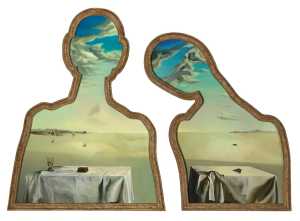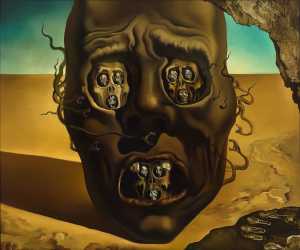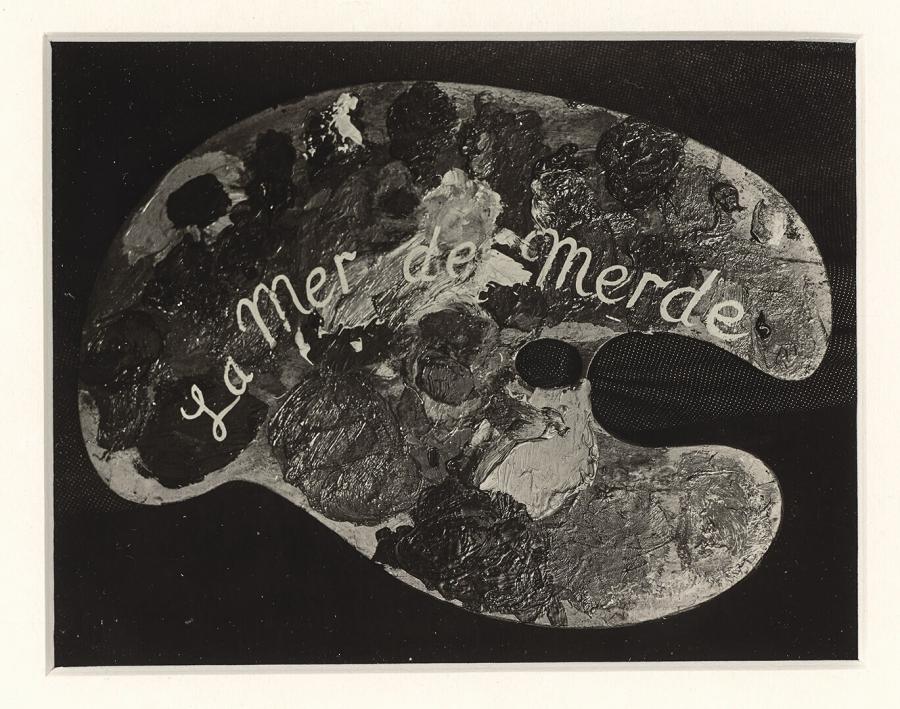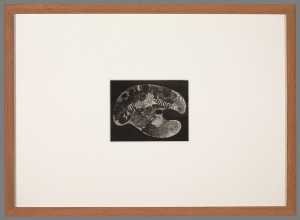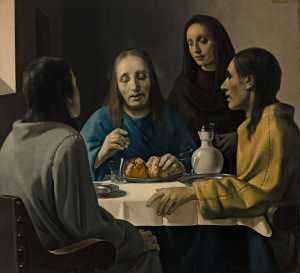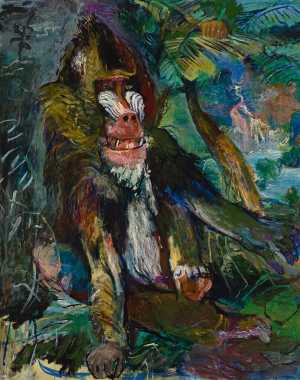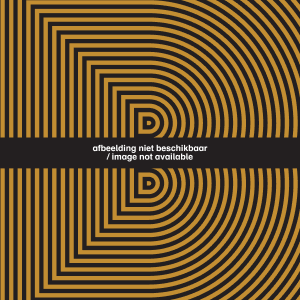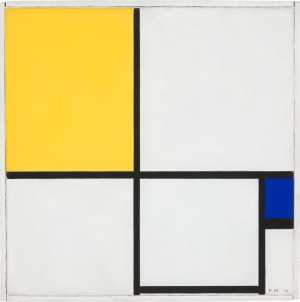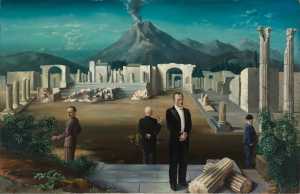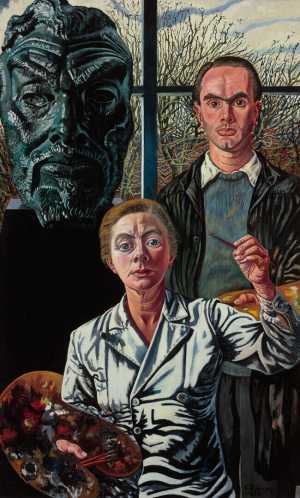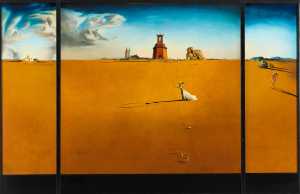Specifications
| Title | La mer de merde |
|---|---|
| Material and technique | Gelatine silver print on fibre-based paper |
| Object type |
Photograph
> Two-dimensional object
> Art object
|
| Location | This object is in storage |
| Dimensions |
Height 9,6 cm Width 12,2 cm |
|---|---|
| Artists |
Artist:
Man Ray
|
| Accession number | 3503 (MK) |
| Credits | Purchased with the support of Mondriaan Fund, 2002 |
| Department | Modern Art |
| Acquisition date | 2002 |
| Creation date | in 1920 |
| Entitled parties | © Man Ray Trust / ADAGP, c/o Pictoright Amsterdam 2018 |
| Provenance | Tristan Tzara, 1920; Theo van Doesburg, 1921-31; Nelly van Doesburg-Van Moorsel, 1931-75; Wies van Moorsel, 1975-2002 |
| Exhibitions | New York 2016 |
| External exhibitions |
Dadaglobe Reconstructed (2016) Dalí, Magritte, Man Ray and Surrealism. Highlights from Museum Boijmans Van Beuningen (2023) Surrealist Art - Masterpieces from Museum Boijmans Van Beuningen (2021) A Surreal Shock – Masterpieces from Museum Boijmans Van Beuningen (2021) Only the Marvelous is Beautiful (2022) Dal nulla al sogno (2018) A Surreal Shock. Masterpieces from Museum Boijmans Van Beuningen (2023) |
| Research |
Show research A dream collection - Surrealism in Museum Boijmans Van Beuningen |
| Material | |
| Object | |
| Technique |
Gelatine silver print
> Bromide print
> Photographic printing technique
> Mechanical
> Planographic printing
> Printing technique
> Technique
> Material and technique
|
Do you have corrections or additional information about this work? Please, send us a message



